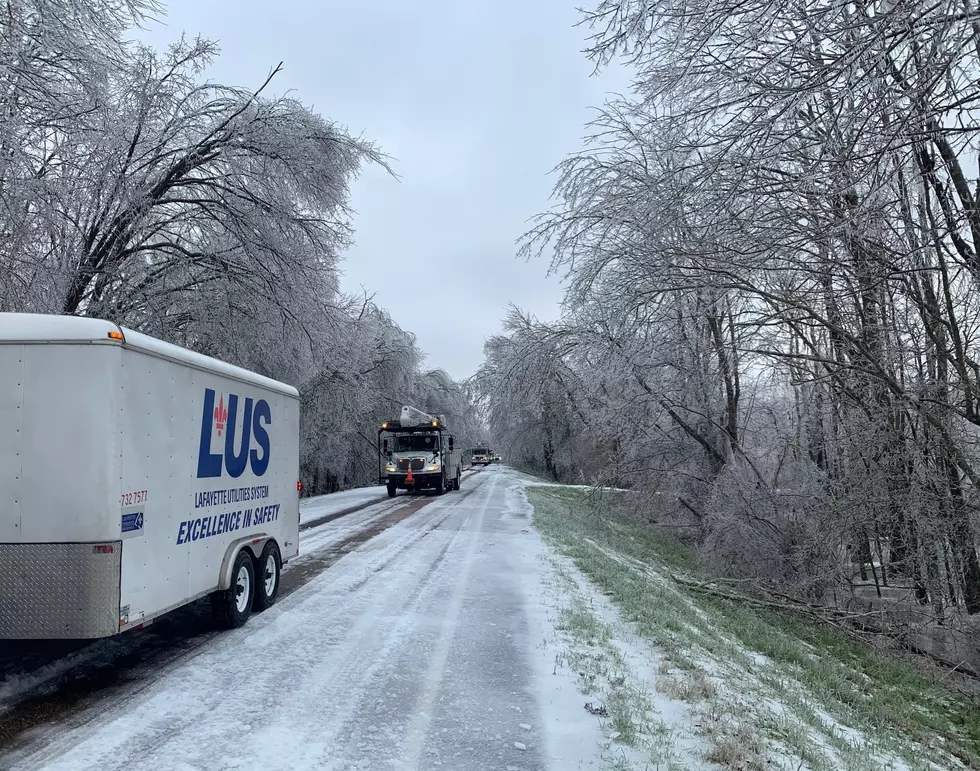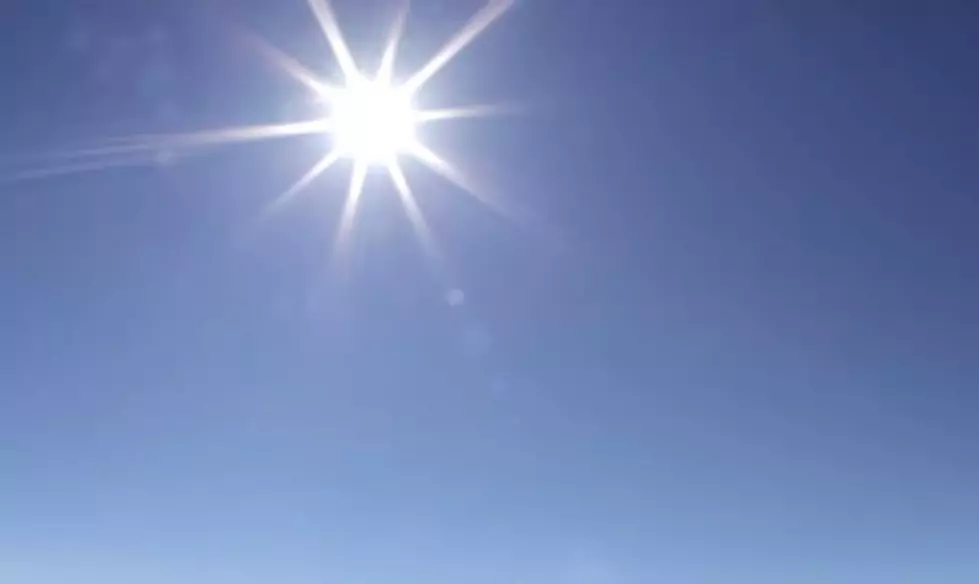
Will Louisiana’s Winter Be Impacted by El Nino in the Gulf?
LOUISIANA (KPEL News) - Louisiana is now at the tail end of an extremely warm summer, with record-breaking temperatures and droughts having a major impact on residents and land alike.
Part of the blame can be put on the El Nino weather system that runs from the Gulf of Mexico and into the Atlantic Ocean. That kind of weather pattern tends to make things warmer. Combined with other factors, Louisiana residents have suffered a very hot summer.

It's worth noting that the last three winters have come during a La Nina weather pattern, which meant dryer conditions in Louisiana. But El Nino could mean a milder, wetter winter for the state, research shows.
This year the CPC, which is part of the National Oceanic and Atmospheric Administration, is forecasting above-normal temperatures across the northern United States through the winter months.
The best chance for a warmer-than-normal winter to occur in the Northeast, the Pacific Northwest and the upper Great Lakes states.
For the southern half of the country, the temperature outlook for December, January and February shows that there’s an equal chance for temperatures to be normal, above normal or below normal.
Will We Have Winter Precipitation?
It's hard to say what that means for the chance of a wet or even frozen winter, though the potential for more precipitation is there.
According to the National Weather Service’s Climate Prediction Center, the long-range forecast for Louisiana this winter looks warmer and wetter.
The National Weather Service’s Climate Prediction Center released a new long-range weather outlook Thursday, previewing what the next three months of weather might look like. The forecast includes the early part of winter — but the outlook doesn’t look very wintery just yet.
Instead, a record-breaking hot summer has stretched into a warm fall for many. That trend appears set to continue for much of the country.
The Pacific Northwest and Northeast are most likely to have above-average temperatures through December. The West Coast, Southwest, Gulf, East Coast and Great Lakes are all also leaning toward a warmer-than-average late fall and early winter.
But while temperatures will hover around average and maybe bump a little higher than average, the other half of the equation is the precipitation. Despite a very dry summer, it looks like winter will at least bring some rain our way.
A warmer, wetter winter can have both positive and negative implications for Louisiana. On one hand, a milder winter may lead to decreased heating expenses for households, benefiting residents' budgets, and warmer temperatures can extend the growing season for some crops, potentially boosting agricultural yields. Adequate rainfall can also be beneficial for crops and help mitigate drought concerns.
But there are also some cons.
Excessive rainfall can raise the risk of flooding, particularly in a state with low-lying areas and a propensity for hurricanes. This can have severe consequences for homes, infrastructure, and public safety. Louisiana roads seem to be in a near-universal need of disrepair, and a higher-than-normal rainfall could impact that quite a bit.

Hurricane season is almost over, and with a relatively quiet season almost behind us, it's now time to start looking ahead at the future.
The Best Fall Cooking Louisiana Has To Offer
Gallery Credit: Joe Cunningham
More From 97.3 The Dawg







